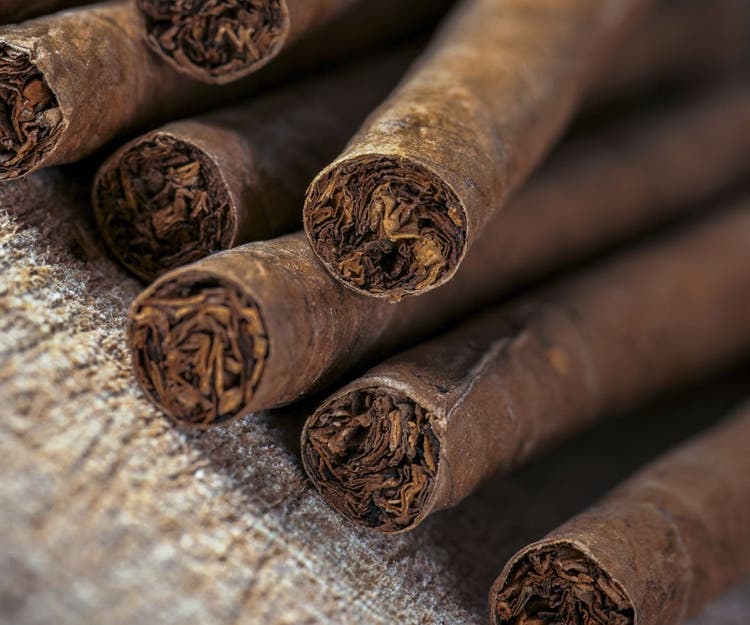
Thoughts About Aging Cigars: Part 1
How Cigars Change
Cigars are made of plant matter and all plant matter changes over time: sometimes for better and sometimes for worse. So, will a cigar improve or worsen with a year or two, or more, of aging? The answer is… YES!
I will start by pointing out that most cigars are intended to taste great as soon as they hit the retailers shelves from their point of origin. Cigars coming out of the Dominican Republic, Nicaragua and Honduras, just to name a few, arrive at the point-of-sale with considerable age and in prime smoking condition. The best growers and manufacturers are meticulous with their handling of the product. The tobacco has been fully cured and completely fermented. It has likely been baled and aged for 2-3 years prior to being used to make a premium cigar. After the cigars have been rolled, they typically receive another 3 months (or longer) of rest in aging rooms, prior to shipping. So, by the time the cigars reach the retailers shelves and, eventually, your humidor, they have experienced considerable change.
Nevertheless, because a cigar is a plant product, the tobacco will continue to morph and evolve (even if very slowly) over the course of years. Though cigar tobacco has undergone much fermentation at the factory, there will still be micro-fermentation in the tobacco, which will rid the tobacco of some of the by-products of fermentation. Ammonia and other compounds can make the flavor of the tobacco acrid and unpleasant until they have dissipated. Thus, longer aged cigars will often mellow due to the reduction of these chemicals.
Various other compounds within the tobacco will also change over time. As your cigars rest in your humidor, the oleoresins and moisture will migrate across the leaves, becoming distributed more evenly throughout the cigar. This will predispose a cigar to a more even burn and will result in subtle changes in the flavor. This process is known as “marrying.”
As the cigars continue to age, the flavors will change and may become less distinct. So, when you smoke a cigar that has been aging for some length of time, the changes that were once so clear may be more difficult to pick up because those flavors have mellowed and blended. While this may sound ominous, it may also be a good thing since the tobaccos will have a tendency to become smoother and will display fewer “off” tastes and/or less “bite.” You may be able to pick up flavors that were once masked by the other, more powerful flavors in the tobacco. This is the essence of COMPLEXITY in a cigar. Complexity is the emergence of layers and multiple combinations of flavors in a cigar.
In summary, the tobacco inside your cigars will undergo continual change through the process of aging in your humidor. How you perceive those changes will be one of the topics of part 2 of this article. In the next part of this article, I will discuss how to make the most of the aging process in your cigars. We will examine what cigars make the best candidates for aging and will also talk about the time, money and patience required to successfully age your smokes.
To read Part 2, click here.
* * *
David “Doc” Diaz is the publisher of Stogie Fresh and the editor of the Stogie Fresh Cigar Journal. He has served as an educator, researcher and writer and has taught in the Health Education and Health Science field for over 30 years. He possesses an earned doctorate from Nova Southeastern University. This article originally appeared on May 30, 2011. Re-posted by permission of Dr. Diaz.